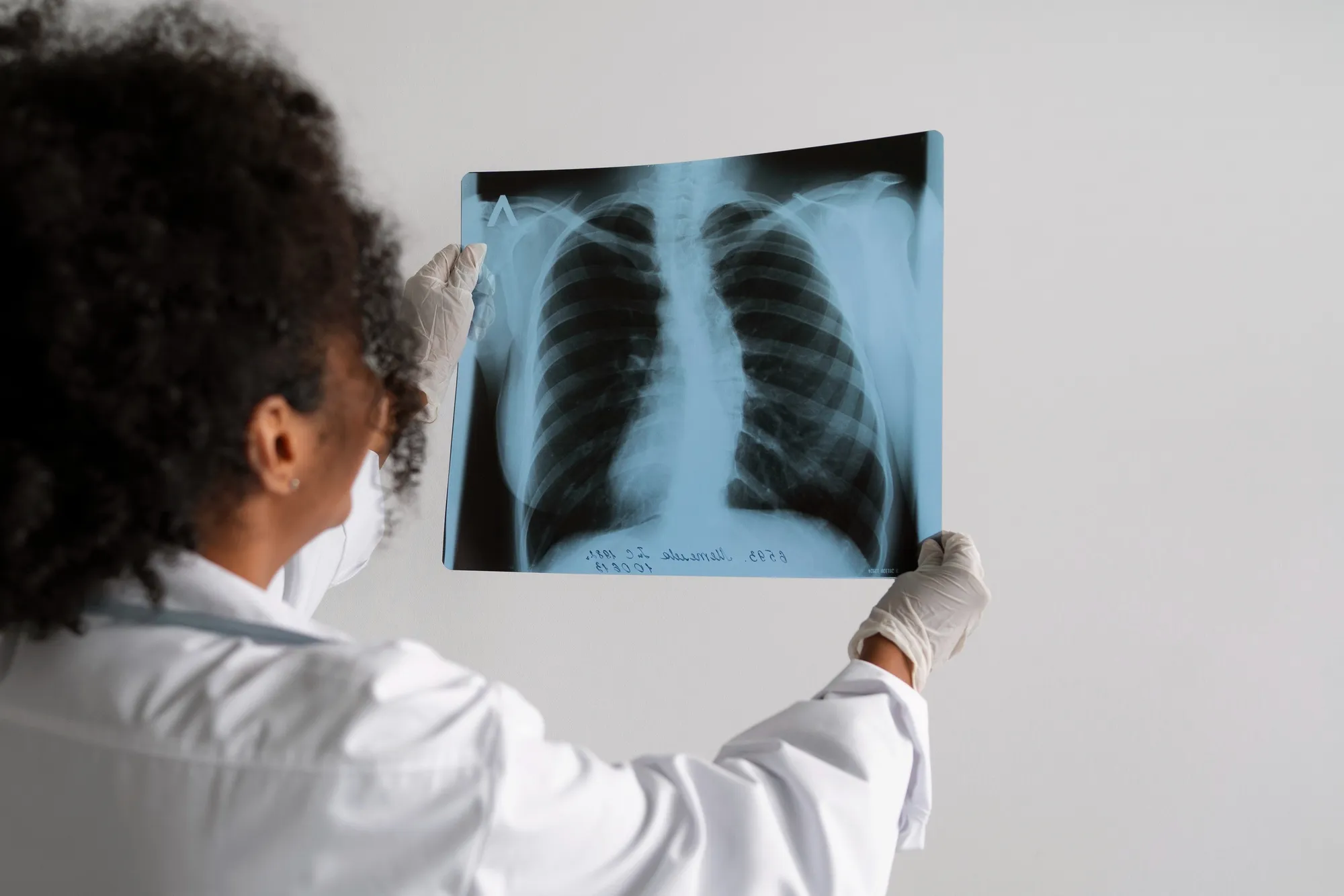In a recent revelatory case reported in the January 2024 edition of “Medicina Intensiva,” cutting-edge medical imaging techniques have once again proven indispensable in the realm of intensive care diagnostics. Dr. Adrien Rivory and his colleagues, Gary Duclos and Laurent Zieleskiewicz, from the Department of Anesthesiology and Intensive Care at AP-HM, Nord Hospital in Marseille, France, have successfully employed point-of-care lung ultrasound to diagnose a complex case involving a lung abscess and pleural empyema secondary to bronchopleural fistula. This article dives deep into the specifics of the case, the innovative diagnostic process involved, the implications for future intensive care practices, and the broader context of ultrasound technology’s role in modern medicine.
Keywords
1. Lung Ultrasound
2. Bronchopleural Fistula
3. Pleural Empyema
4. Lung Abscess
5. Intensive Care Imaging
The Complexity of the Case
In the winter of 2024, a patient presented to the intensive care unit with severe respiratory distress. Upon assessment, the patient’s symptoms and clinical history suggested the possibility of multiple pathologies. The complexity of the case demanded a diagnostic approach that was not only accurate but also minimally invasive and could provide immediate results to guide the urgent management plan.
Innovative Ultrasound Diagnostics
Addressing this diagnostic challenge, Dr. Rivory’s team opted for a point-of-care lung ultrasound, an increasingly popular imaging modality renowned for its safety, efficiency, and accuracy in critical care settings. Avoiding the delays associated with traditional imaging methods like CT scans, the lung ultrasound was adeptly performed at the patient’s bedside.
Findings and Diagnosis
The ultrasound imaging revealed the presence of a lung abscess, an enclosed pocket of infection within the lung tissue, alongside a pleural empyema, which is the accumulation of pus in the pleural cavity between the lung and chest wall. Significantly, the ultrasound also detected a bronchopleural fistula, an abnormal connection between the bronchial tree and the pleural space, complicating the patient’s condition.
Implications for Treatment
The identification of these concomitant conditions was critical. Each one can present significant treatment challenges and risks, particularly if not diagnosed promptly. With an accurate diagnosis in hand, the medical team could devise a targeted therapeutic strategy that addressed all aspects of the patient’s illness, potentially saving the patient from further invasive procedures or the progression of the infection.
The Advantages of Ultrasound in Intensive Care
Ultrasound has long been praised for its non-ionizing nature, repeatability, and cost-effectiveness. Its role in intensive care, particularly, is expanding due to its patient-centered advantages:
1. Bedside Availability: Ultrasound machines are portable and can be used immediately at the patient’s bedside, allowing for real-time diagnosis and rapid treatment adjustments.
2. Reduced Exposure to Radiation: Unlike CT scans or X-rays, ultrasounds do not expose patients to ionizing radiation, making them safer for repeated use.
3. Enhanced Diagnostic Accuracy: When used by trained professionals, lung ultrasound can provide highly accurate diagnostic information, which is invaluable in critical cases where time and precision matter most.
4. Guidance for Procedures: Ultrasound can be used to guide invasive procedures, providing visuals that ensure accuracy and minimize complications.
Broader Context: The Rise of Lung Ultrasound
The successful utilization of lung ultrasound in this case underscores a growing trend in medical practice. As technology improves, so too does the capacity for ultrasound to revolutionize diagnostics across various domains of healthcare. It is increasingly being recognized as a first-line imaging modality for a wide range of thoracic pathologies.
Future of Ultrasound Technology
Looking to the future, the continued integration of ultrasound into clinical practice is expected. Innovations in ultrasound technology, including enhancements in image resolution, 3D reconstructions, and machine learning for automated interpretations, are predicted to further bolster its diagnostic potential.
Conclusions
The work of Dr. Rivory and his team is a testament to the ongoing evolution of medical imaging and its profound impact on patient care. The meticulously documented case in “Medicina Intensiva” serves not only as a compelling example of interdisciplinary expertise but also as an insightful contribution to the field of intensive care medicine. It reminds us of the importance of embracing innovative diagnostic tools in the quest to deliver timely and accurate medical interventions.
References
1. Rivory, A., Duclos, G., & Zieleskiewicz, L. (2024). Point of care lung ultrasound diagnosis of concomitant lung abscess and pleural empyema due to a bronchopleural fistula. Medicina Intensiva (Engl Ed). doi:10.1016/j.medine.2023.12.007
2. Volpicelli, G., Elbarbary, M., Blaivas, M., et al. (2012). International evidence-based recommendations for point-of-care lung ultrasound. Intensive Care Medicine, 38(4), 577-591. doi:10.1007/s00134-012-2513-4
3. Reissig, A., & Kroegel, C. (2007). Sonographic diagnosis and follow-up of pneumonia: A prospective study. Respiration, 74(5), 537-547. doi:10.1159/000087674
4. Lichtenstein, D.A., & Mezière, G.A. (2008). Relevance of lung ultrasound in the diagnosis of acute respiratory failure: The BLUE protocol. Chest, 134(1), 117-125. doi:10.1378/chest.07-2800
5. Xirouchaki, N., & Magkanas, E. (2011). Lung ultrasound in critically ill patients: Comparison with bedside chest radiography. Intensive Care Medicine, 37(9), 1488-1493. doi:10.1007/s00134-011-2317-y
DOI: 10.1016/j.medine.2023.12.007
The case study published in “Medicina Intensiva” highlights the potential of lung ultrasound to vastly improve patient outcomes through innovative and immediate imaging. As medical technology continues to advance, it is clear that ultrasound holds a prime position at the forefront of diagnostic medicine, especially within the critical care arena.
